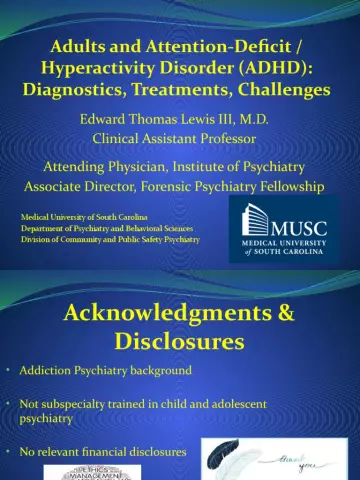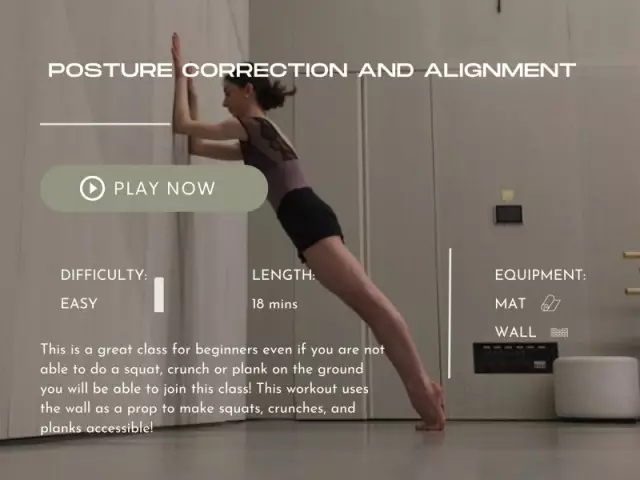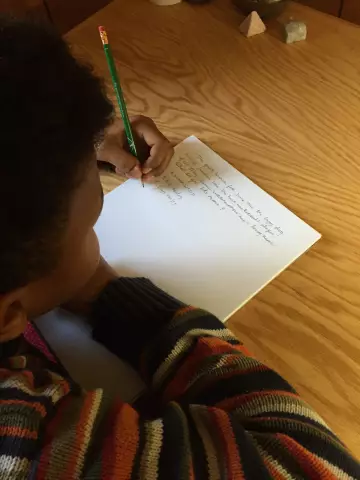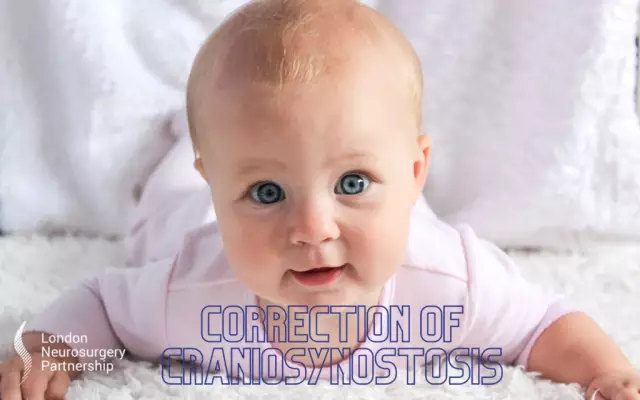- Author Rachel Wainwright [email protected].
- Public 2023-12-15 07:39.
- Last modified 2025-11-02 20:14.
Hyperactivity

Hyperactivity disorder is a disorder that most often affects preschool and early school children. In the sixties of the twentieth century, doctors called hyperactivity a pathological condition of the brain associated with disorders of certain brain functions. In the eighties, excessive physical activity became known as "attention deficit hyperactivity disorder" (ADHD). The provoking factors for the development of hyperactivity syndrome can be complications of the course of pregnancy or childbirth, the wrong lifestyle of a woman during pregnancy.
Children with hyperactivity find it very difficult to concentrate their attention and control their behavior. Hyperactivity syndrome was first described by Dr. Heinrich Hoffmann in 1845. According to studies, this disorder affects from 2 to 20% of children. Hyperactivity disorder is four to five times more common in boys than in girls.
Such children, in any situation, aimlessly move on the street, run and do not hold their attention for long on specific objects. The brain of a hyperactive child is very poor at processing information, internal and external stimuli. An inattentive child is not affected by requests, persuasion and punishment. Under any conditions, the child will be inattentive and impulsive. To understand how to properly behave with a hyperactive child, you need to find out the true cause of this disorder.
The main symptoms of hyperactivity in children
Usually, symptoms of hyperactivity in children first appear at the age of two to three years. However, more often than not, parents bring their child to the doctor's appointment when he is already attending school. Symptoms of hyperactive behavior in a child usually manifest themselves in restlessness, fussiness, anxiety, impulsivity, emotional instability, and tearfulness. The child ignores generally accepted rules and norms of behavior. With hyperactivity, speech development is often delayed, and sleep problems sometimes occur.
Overactive children find it very difficult to sit quietly at the table during school class or lunch. They fidget or wriggle on chairs, touch everything, twirl their feet. Such children quite often try to do several things at the same time. However, they rarely think before doing something. Due to excessive impulsiveness, children are able to unrestrainedly show their emotions and not take into account the consequences of such behavior. The adolescent, being hyperactive, usually chooses an activity that brings immediate, albeit small, returns. Impulsiveness often makes it difficult to wait for the result in something.
Each of the symptoms listed above is a reason to see a doctor. The doctor will tell you how to deal with hyperactivity, how to help your child adapt to society.
Diagnosis of hyperactivity

Diagnosis of hyperactivity is based on the collection of subjective information, hardware and psychological examination. At the reception, the doctor is interested in the peculiarities of the course of pregnancy and childbirth. The specialist asks about the diseases that the child suffered. Further, the doctor invites the child to perform special tasks (tests). Based on the test results, he evaluates the parameters of attentiveness. Hardware examination consists in conducting an electroencephalographic study and magnetic resonance imaging. Hardware examination allows you to identify changes in the brain by recording electrical potentials. Based on the results obtained, appropriate treatment for hyperactivity is subsequently prescribed.
Methods for treating hyperactivity in children
Hyperactivity medications help children in their daily lives. To select the correct medication and the correct dose, you must consult with your doctor. For many children, drugs to treat hyperactivity reduce impulsivity and improve their ability to learn and work. The drugs do not treat hyperactivity. They just control the symptoms of hyperactivity only on the day they were taken. Medication can improve the coordination of movements needed in sports and writing.
Methods for correcting hyperactivity in children
To correct hyperactivity when communicating with a hyperactive child, it is necessary to build sentences so that there is no denial. In the event of any conflict situation, you must try to remain calm. To correct hyperactivity in children, all tasks must be identified as clearly as possible. When communicating with a child, you should not use long language. When talking with your child, you should try to use short sentences and not use long formulations. All instructions should be given to the baby in a logical sequence. In no case should you give several orders at the same time. Hyperactive children do not feel the time well, so before feeding or leaving a walk, you should warn the child about this five to ten minutes. The child needs to feelthat parents will always support him and help him cope with difficulties in school or kindergarten.
YouTube video related to the article:
The information is generalized and provided for informational purposes only. At the first sign of illness, see your doctor. Self-medication is hazardous to health!






